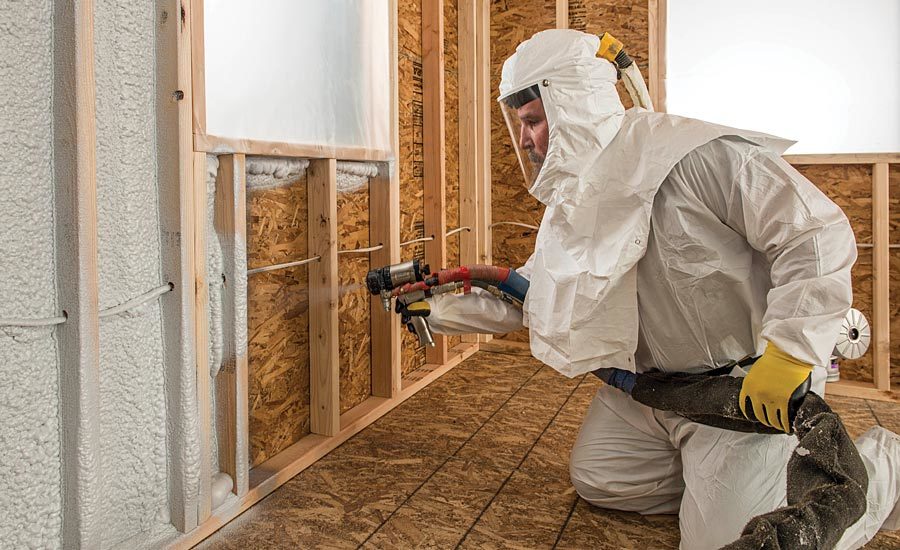7 Ways Air Quality Impacts Our Skin Health
7 Ways Air Quality Impacts Our Skin Health
Pollution is not only harmful to internal organs: it can also damage the body's surface. Here is the connection between air quality and skin health.
While we often think of air pollution as affecting our respiratory system, its effects go beyond our lungs. It can also be detrimental to other organs. The skin is the largest organ in our body and serves as a protective barrier against external factors such as pollution, UV radiation, and other environmental stressors. However, when exposed to poor air, the body's ability to protect itself can be compromised, leading to many problems. From dryness and premature aging to acne and eczema — air quality impacts skin health in a big way. Below, we will analyze the seven most common ways air quality impacts skin health.
1. Dryness: making the skin dry, flaky, and itchy
Poor air quality can have a significant impact on the skin's natural oil, leading to dryness, flakiness, and itchiness. Particulate matter such as PM2.5, can penetrate the layers of the epidermis, causing oxidative stress and inflammation that disrupts natural oil production. Indoor pollutants, like smoke and volatile organic compounds for example, can also contribute to skin dryness and other issues.
It is essential to take protective measures against the detrimental effects of poor air quality on the skin's natural oils. This includes using a gentle cleanser, moisturizing regularly, avoiding heavily polluted areas, and using a humidifier when necessary to add moisture back into the air, so that relative humidity stays between 40-60%.
2. Premature aging: the destruction of collagen and elastin
Exposure to these same pollutants can break down collagen and elastin, proteins that give the epidermis its firmness. When these compounds are destroyed, skin can become saggy, loose, and more prone to wrinkles. Moreover, exposure to ultraviolet radiation, especially in polluted areas, only exacerbates this process.
To safeguard yourself from contaminants and UV rays, you should utilize protective clothing, apply sunscreen, and stay away from places with high levels of air pollution for extended periods.
3. Acne: clogging pores and causing inflammation
Pollution affects the appearance of our skin on the surface and changes it underneath. Inflammatory acne, characterized by red, swollen pimples, is particularly sensitive to air quality. Environmental contaminants, such as tobacco smoke, clog pores and irritate, leading to inflammation and blemishes.
Keeping up with a consistent skincare regimen that involves cleansing, exfoliating, and moisturizing is crucial in countering the harmful impacts of air pollution on the skin.
4. Pigmentation: affecting melanin production
Harmful substances from polluted air can penetrate the skin and stimulate melanin production, the pigment that gives skin its color. Increased melanin can lead to dark spots and blemishes on the body. These pigmentation problems can be more pronounced on skin areas that are frequently exposed, such as the face and hands.
Ultraviolet radiation can contribute to pigmentation issues, the intensity of which decreases depending on air quality. It can lead to a harmful and uneven tan.
5. Eczema: irritating and exacerbating diseases
Eczema, a chronic inflammatory skin condition, can be particularly sensitive to environmental factors such as air quality. Pollution not only triggers flare-ups but can also worsen existing inflammatory symptoms.
Indoor pollutants such as dust and pet dander can also contribute to eczema flare-ups. The presence of these harmful substances can irritate the skin and prompt the body's immune system to react, resulting in the manifestation of disease symptoms.
To minimize your exposure to eczema, avoid areas with polluted air and wear protective clothing. In cases where disease flare-ups persist, medical treatment may be necessary. A dermatologist may recommend topical creams and ointments to reduce inflammation and soothe irritated skin, as well as oral medications in severe cases.
6. Rosacea: causing skin redness, flushing, and inflammation
Rosacea is also a chronic inflammatory skin condition characterized by redness, visible blood vessels, and small, pus-filled bumps on the face. Although the exact causes of disease are not yet fully understood, environmental factors such as air pollution can trigger its exacerbation.
Exposure to pollutants, along with UV radiation, can cause skin inflammation. It underscores the importance of protecting the skin from both contaminants and UV radiation during condition treatment.
7. Sensitivity: depriving the skin of its natural protective barrier
Air quality can also affect skin sensitivity, especially in people with pre-existing conditions. Exposure to pollutants and irritants can cause inflammation and damage the skin barrier, leading to increased skin sensitivity and the development of new types.
Then again, the composition of the air, such as nitrogen dioxide or particulate matter, can react with UV radiation to produce free radicals that can damage the skin, leading to the development of sensitivity.
Final remarks
Air quality can have a significant impact on the skin, resulting in various problems such as dryness, premature aging, acne, pigmentation, eczema, rosacea, and skin sensitivity. Such habits as smoking, environmental stressors, and UV exposure can exacerbate these issues.
As a countermeasure to the harmful effects of air quality, red light therapy can be a powerful tool since it is effective in treating and preventing several skin disorders, including acne, rosacea, and premature aging. According to the Heliotherapy Institute, this procedure can be more effective, cheaper, and safer than invasive methods. You can check with a dermatologist to see if they offer powerful in-office red light therapy.
Fortunately, we can do something to protect our skin from harmful irritants in the air. Wearing protective clothing, using air filters, keeping your home at optimal humidity (40-60% relative humidity) and avoiding heavily polluted areas can help keep your skin healthy and vibrant.
Article by Benjamin Allemon




